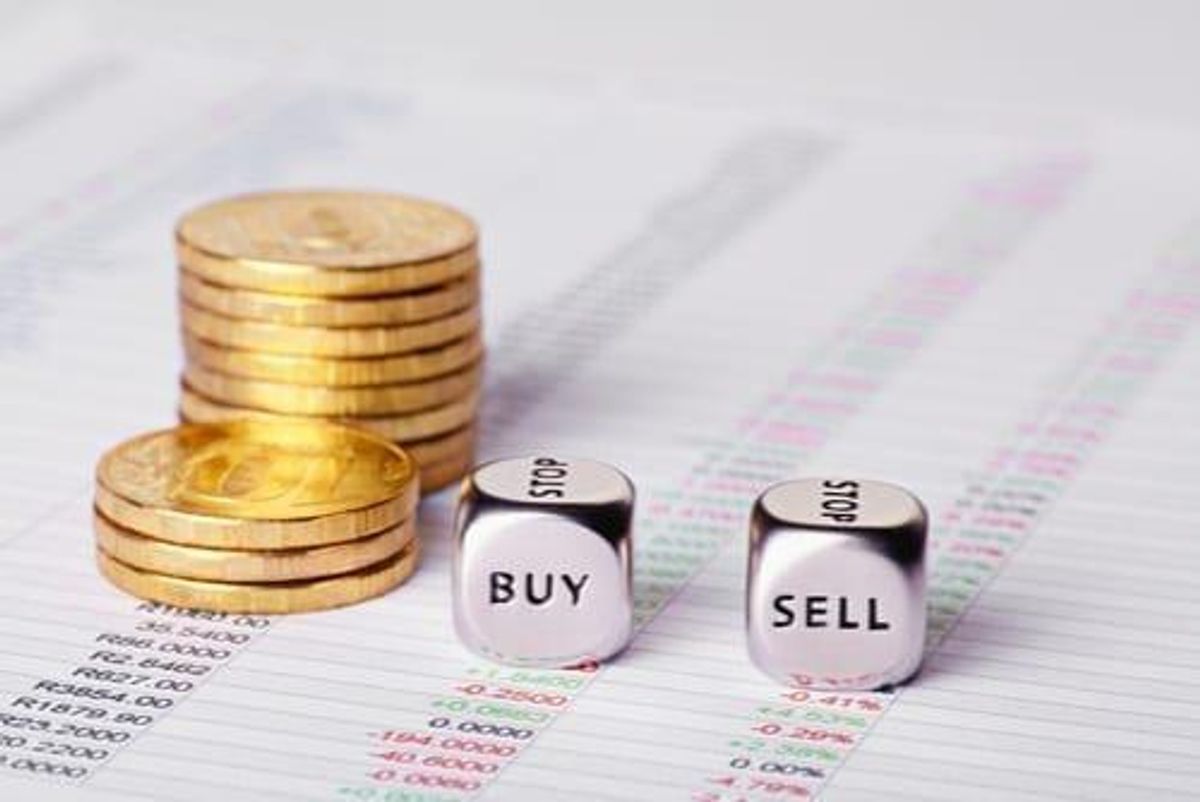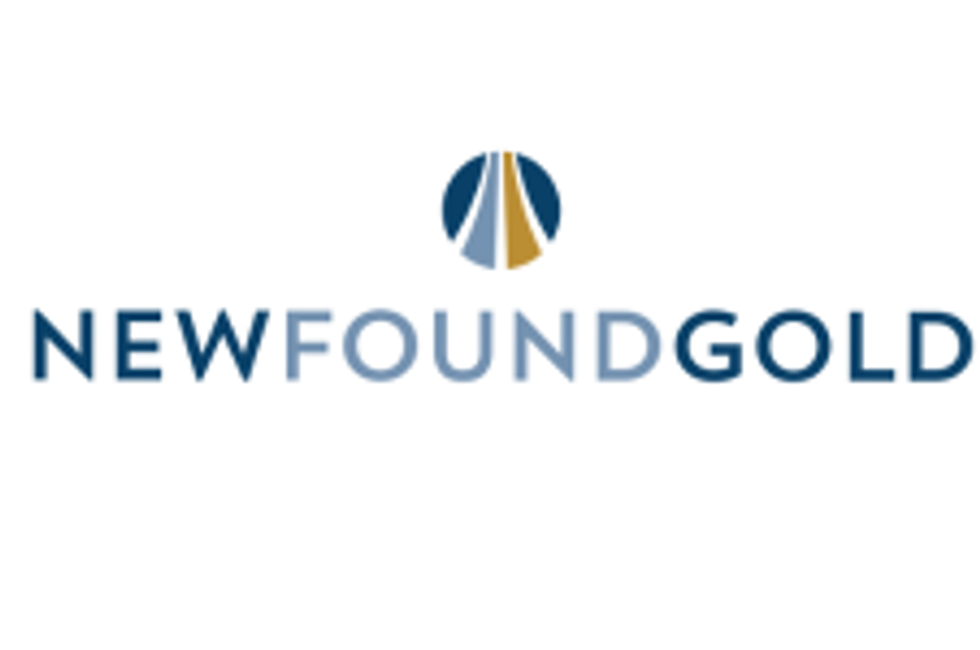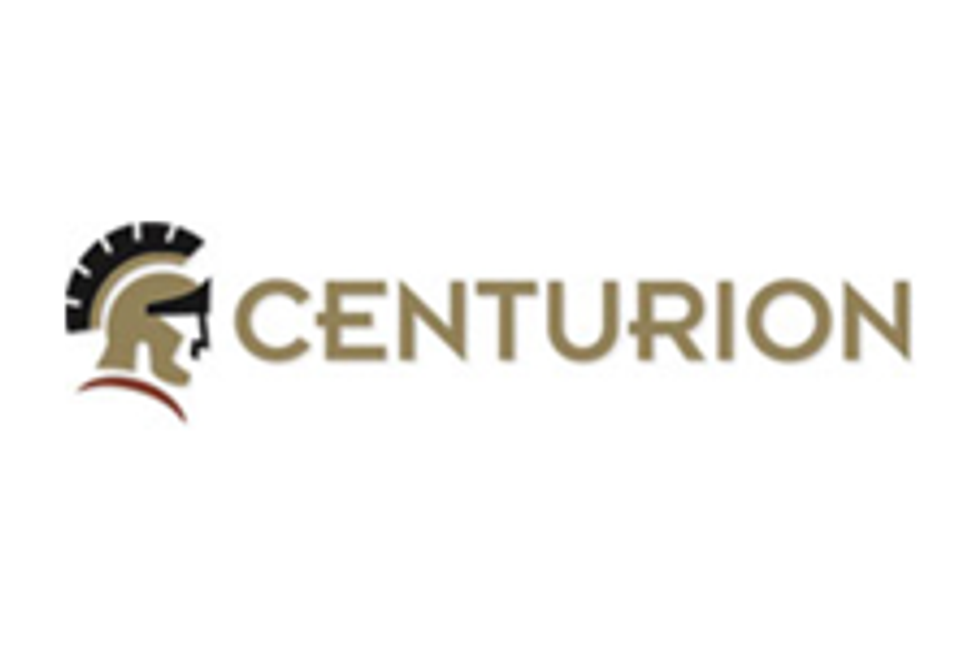Gold Still Waiting for Physical Demand After Strong 2019

Despite weak physical demand from investors last year, gold saw sustained growth and its average price achieved a six year high.
Palladium may have stolen the precious metals show in 2019, but a new Refinitiv report indicates that the average gold price hit a six year high last year, clocking in at US$1,392 per ounce.
A softer US dollar, geopolitical issues and a slowdown in economic growth in H2 2019 were the main catalysts behind the yellow metal’s annual average price gain, which put it up 10 percent year-on-year.
Heightened attention from central banks and exchange-traded funds (ETFs) led to a prolonged gold price uptick during the last two quarters of the year, with the currency metal hitting an average price for H2 of US$1,477. That’s a 13 percent increase from H1 and a 21 percent rise year-on-year.
“Central banks were buying because they want to buy gold. They are bargain hunters and the US government was displaying hostility to virtually every country and region in the world, except Russia,” Jeffrey Christian of CPM Group told the Investing News Network via email.
“They took advantage of lower gold prices to buy, and should be expected to continue to do so.”
But the gains made by the precious metal were hindered by a continued decline in physical buying.
“In 2018 and again in 2019, investment demand for physical gold was at its lowest level since 2001. Starting in late June 2019, gold prices rallied, showing strength into early September,” he said. “Part of that was a reaction to the (US Federal Reserve’s) shift in interest rate policies, from raising rates to pausing and showing monetary accommodation.”
Christian pointed out that physical appetite remained passive during gold’s 2019 performance.
“Importantly, the upward price pressure came almost exclusively from short-term, momentum-oriented technical investors and traders in futures, forwards and options. Demand for physical gold from longer-term investors remained low. Prices then declined from early September through December as these shorter-term investors reduced their long positions,” he added.
According to Refinitiv, retail investment in gold dropped 17 percent in H2 of last year, with both bars and coins recording slips in demand.
The firm’s report notes that investment in physical bars of gold dropped 18 percent in 2019, driven by a decline in demand from Asia — a fall that may increase due to the fact that the new coronavirus has prompted Chinese officials to cancel a slew of Lunar New Year festivities this year.
Indeed, Christian said that physical investment demand for gold is still low even though the metal has exhibited price strength so far in 2020, staying above US$1,550.
“Investors remain focused more on equity markets than gold, and the strength we have witnessed in January primarily came from short-term investors in futures and forwards,” he said.
Christian added, “The outbreak of the coronavirus in China at the beginning of the Lunar New Year celebration may have severely reduced demand for gold in China during this holiday, the biggest gold-gifting event in the annual Chinese calendar.”
While it’s still early, Christian thinks it’s not a matter of if physical gold demand will return, but when.
“The fact that gold prices rose sharply and significantly in 2019 without significant physical gold buying by investors suggests that the flows of gold in the market are tight. There may be billions of ounces of gold held in bullion and coin form by investors and central banks, but those inventory holders are not selling.
“That (tighter gold market) suggests higher gold prices, when … such investment demand recovers. The questions are what will trigger investors moving back toward physical gold and when that might occur?”
Longstanding economic uncertainty and tenuous intercontinental relations will play a role in the long-term performance of the precious metal, but Christian sees the supply and demand disparity being more impactful in the near term.
“Shorter term, what you call ‘professional investors’ will continue to buy and sell futures, forwards, options and ETFs. Investor demand for physical gold may rise, but that will be largely dependent on economic or political issues causing them to want to pivot out of stocks and bonds into gold,” he noted.
While CPM does not necessarily see that happening, there are a number of factors the firm is watching, including: the US election, Brexit, the coronavirus, economic issues in China, Hong Kong, broader EU political issues and separate and various political developments involving Russia and the Middle East.
Any one of these could push investors add safe haven assets — particularly gold — to their portfolios.
Don’t forget to follow us @INN_Resource for real-time updates!
Securities Disclosure: I, Georgia Williams, hold no direct investment interest in any company mentioned in this article.
Editorial Disclosure: The Investing News Network does not guarantee the accuracy or thoroughness of the information reported in the interviews it conducts. The opinions expressed in these interviews do not reflect the opinions of the Investing News Network and do not constitute investment advice. All readers are encouraged to perform their own due diligence.




